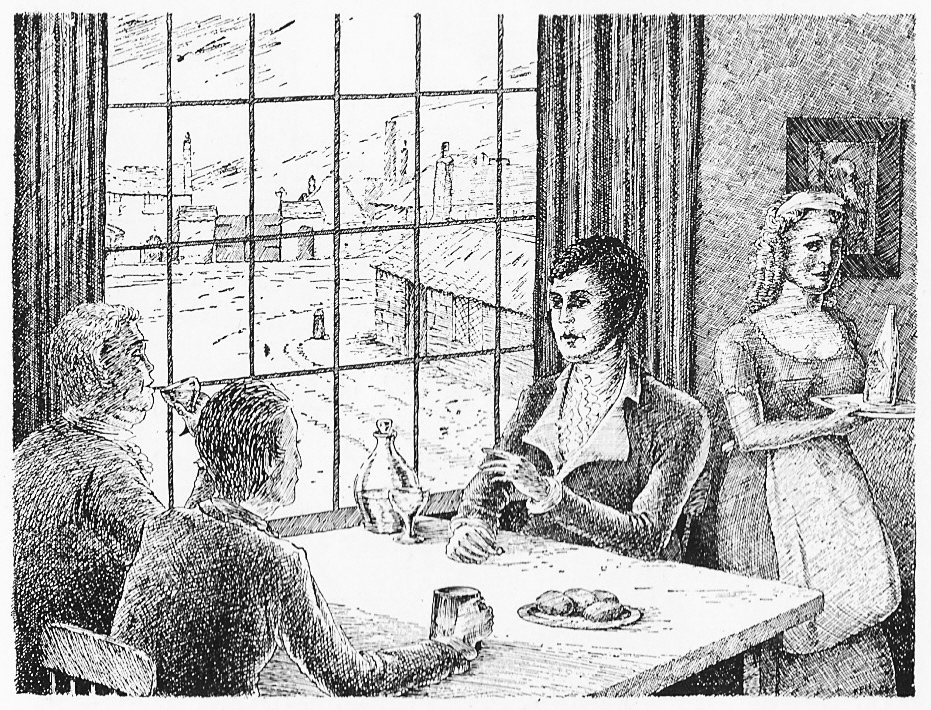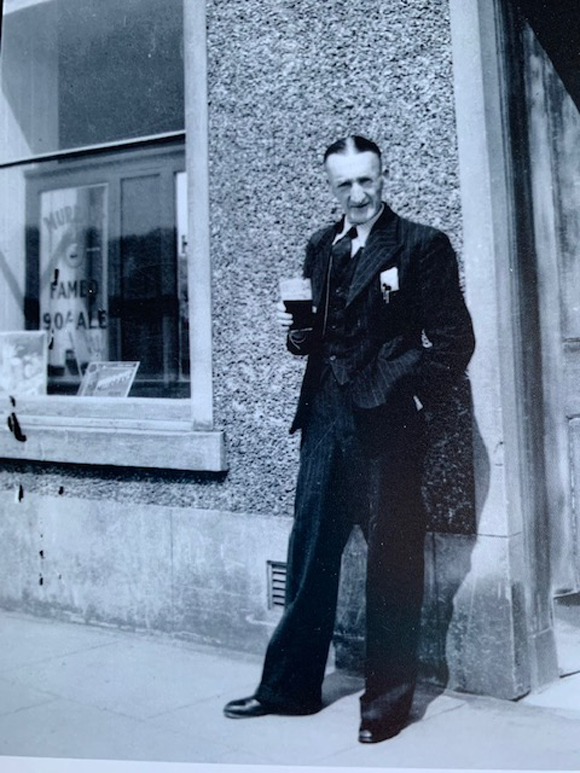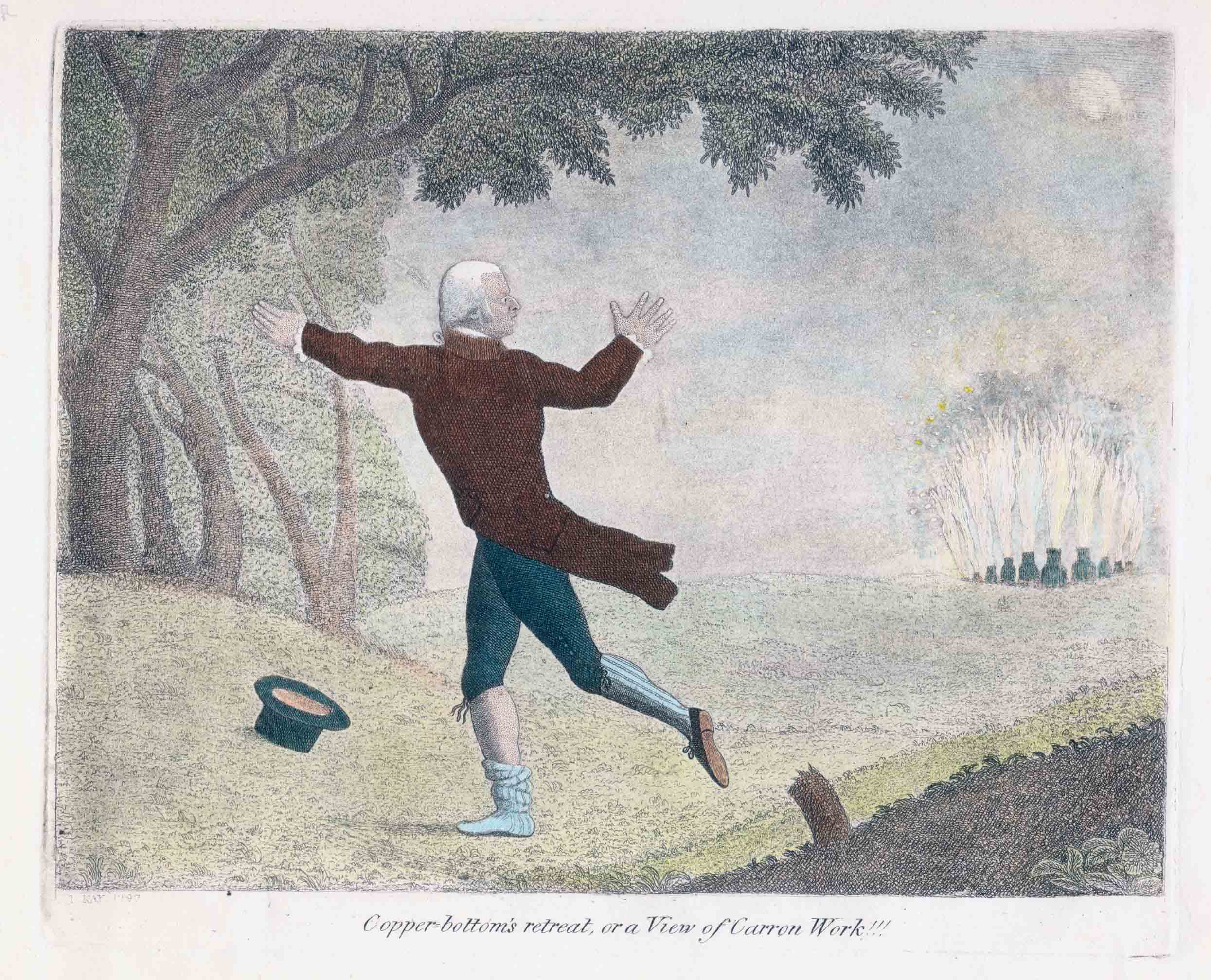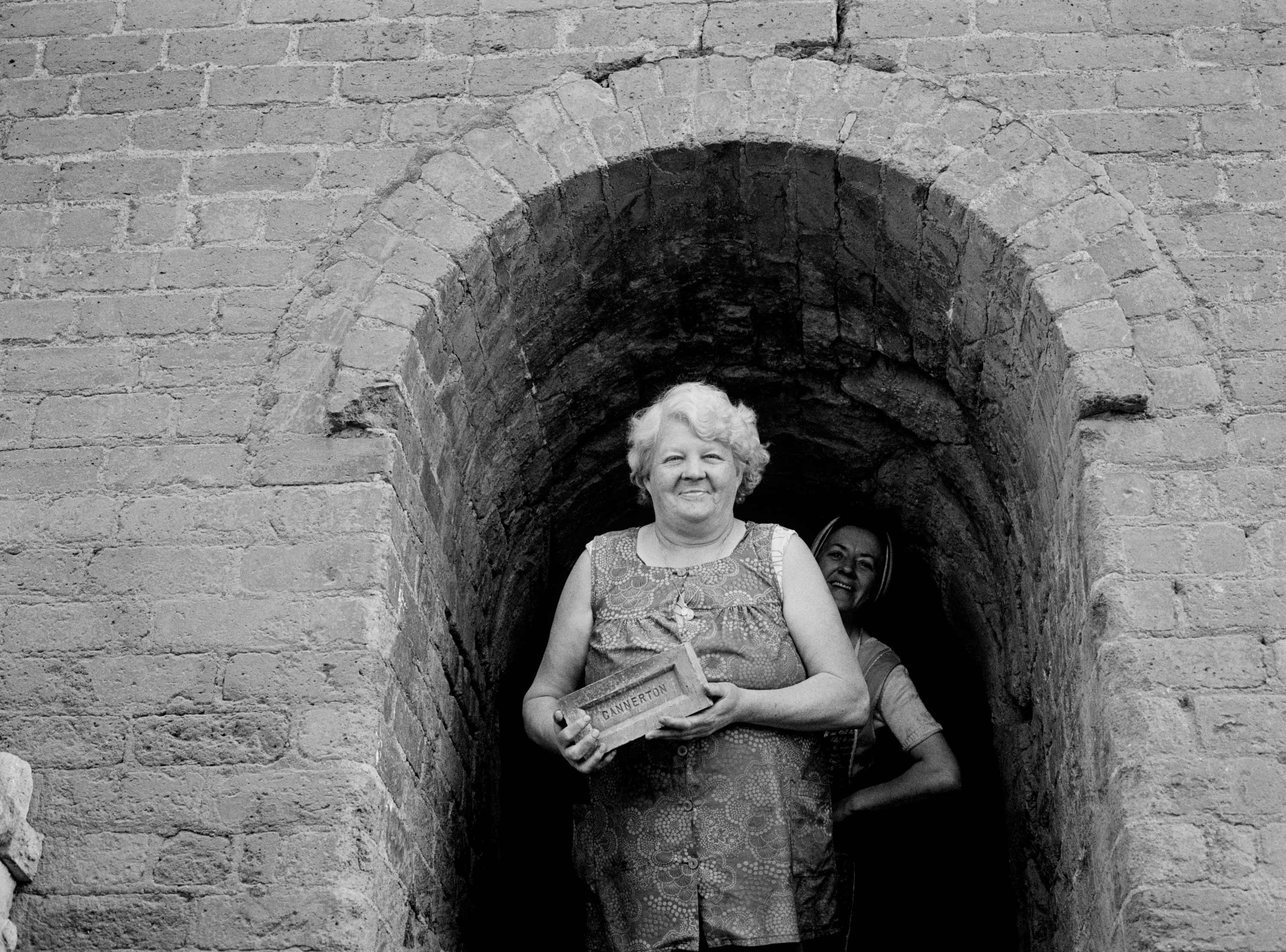Where does the name Soo Hoose come from? What did Robert Burns do to the window of The Carron Inn? Find out here.
Take your pick: pig iron or a piggery? Which one do you think Soo Hoose is named after?
fields['text']) echo $section->fields['text']; ?>
Pigs and Pubs
A lot of people wonder why the pub is called the "Soo Hoose." There are two possible reasons. As you may know, "soo" is the Scot’s word for a pig. A good sixty or seventy years ago, quite near this pub, there used to be a piggery and people would collect the scraps from the kitchen to feed the pigs. There were no grey recycling bins in those days. That is the most obvious connection the pub has to pigs, but have you heard of pig iron? Pig iron is produced when the iron from the blast furnaces is poured along channels on the ground. There’s one big central channel and off that, on either side, are smaller shorter channels. If you half shut your eyes and use your imagination, it looks like a sow lying down feeding her piglets. Once the iron has cooled, the shorter channels are broken off into bars called pig iron that can be melted down again at a later stage. Take your pick: pig iron or a piggery? Which one do you think Soo Hoose is named after?
One of its most famous visitors was Rabbie Burns, who turned up on a Sunday in 1787 for a tour of the famous ironworks.
fields['text']) echo $section->fields['text']; ?>




Bards and Pubs
The original Carron Inn was a bit further down the old Falkirk Road, closer to the main ironworks entrance. One of its most famous visitors was Rabbie Burns, who turned up on a Sunday in 1787 for a tour of the famous ironworks. Rabbie was quite the lad. He was on his grand tour of Scotland, collecting songs and stories as well as spreading mischief and mayhem. There was no way he would have been allowed in the ironworks on the Sabbath and he’d also lied about who he was, so Rabbie and his pals retired to the Carron Inn for the night. One thing led to another as it does when the drink is flowing. Rabbie had been gifted with a diamond tipped stylus by an admirer and he used it to scratch a very cheeky poem on the window of the inn:
We cam na here to view your works,
fields['text']) echo $section->fields['text']; ?>
In hopes to be mair wise,
But only, last we gang to Hell,
It may be be nae surprise;
But when we tirl’d at your door,
Your porter dought na bear us;
Sae may, should we to Hell’s yetts come,
Your billie Satan sair us.
Not to be outdone, Mr Benson, a talented employee of Carron Company, wrote a reply to the impudent bard:
If you came here to see our works,
fields['text']) echo $section->fields['text']; ?>
You should have been more civil,
Than to give a fictitious name,
In hopes to cheat the Devil.
Six days a week to you and all,
We think it very well;
The other, if you go to church,
May keep you out of Hell.
Clearly, the company was unimpressed by their celebrity guest. Who knows what became of the window? Maybe it was smashed when the old inn was demolished or maybe some lucky soul has it hidden away somewhere. It was a joke back then but would be a priceless object now!
By Lorna Swinney.

